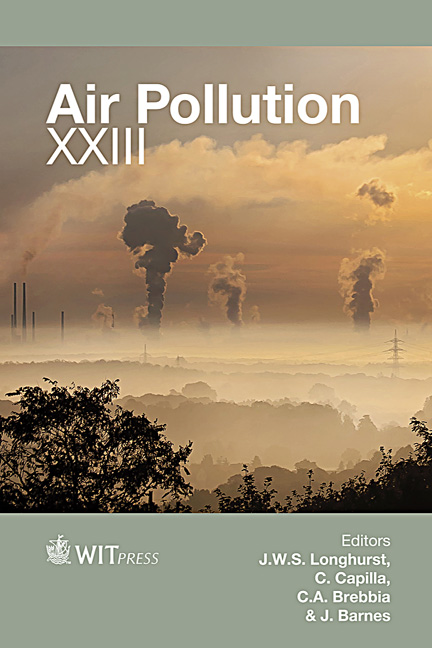A Dynamic Model Of The Pollution Impact Of Dioxin/furan On The Environment, Society And Economy
Price
Free (open access)
Transaction
Volume
198
Pages
13
Page Range
403 - 415
Published
2015
Size
341 kb
Paper DOI
10.2495/AIR150351
Copyright
WIT Press
Author(s)
L. Warlina
Abstract
Dioxin and furan have both long and short-term adverse effects on living organisms. This research aims at developing a computational model to determine the impact of dioxin/furan pollution on the environment, the society and the economy in order to provide a rational basis for policy development. The approach was to develop and validate a dynamic model of dioxin/furan emissions in Cilegon, West Java, Indonesia. Key components of the model include: (a) estimation of the emission of dioxin/furan discharged from the metal industry; (b) estimation of the concentration of dioxin/furan in the air; and (c) using the estimations from (a) and (b), a dynamic sub-model, to estimate the impact of dioxin/furan on social, economic and environmental factors when alternative controls are implemented. Model results demonstrate that dioxin/furan emissions in the assessed area are elevated beyond the limit that can cause environmental degradation. If things remain status quo (i.e. no new emission reduction policy), the predicted model outcomes from 1995 to 2025, indicates there would be an emission increase of 278%, a decrease in the air quality by 45.16%, 1,092 potential cancer cases, and the social costs of IDR (Indonesian Rupiah) 5,863–358,162 billion. However, if there was an emission control policy that helped to reduce emissions by 46.1%, then there would be significant improvements, such as a decrease in air quality of only 0.63–3.75% and 69% reduction in cancer cases. The conclusion, is that there should be a policy to control dioxin/furan emissions and, further, that significant reductions will result in significant social benefits.
Keywords
dioxin, furan, pollution, dynamic model





